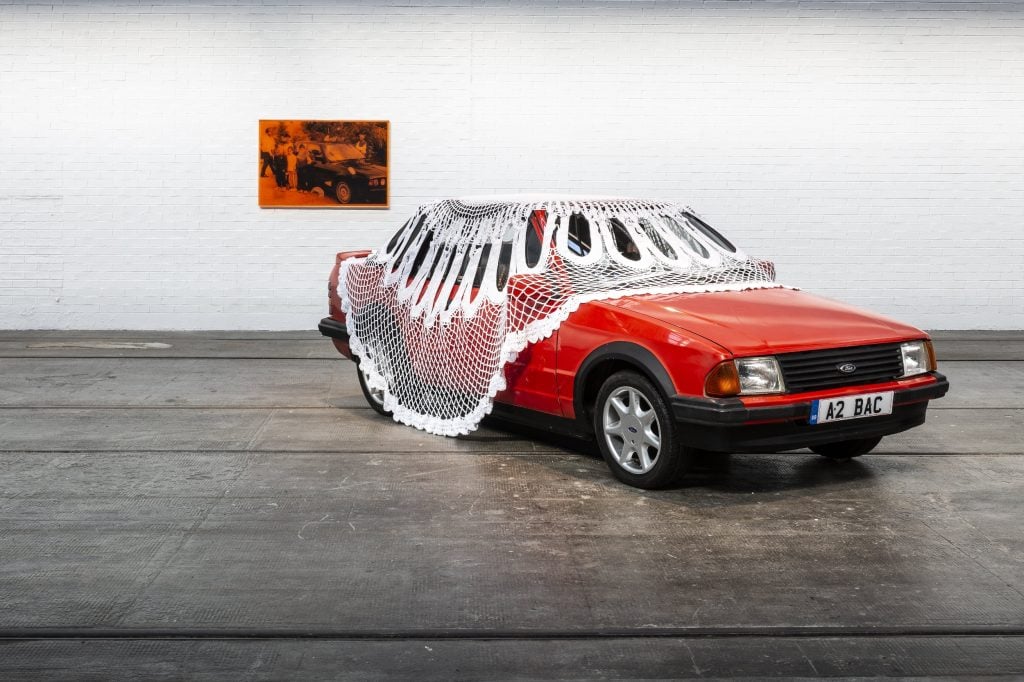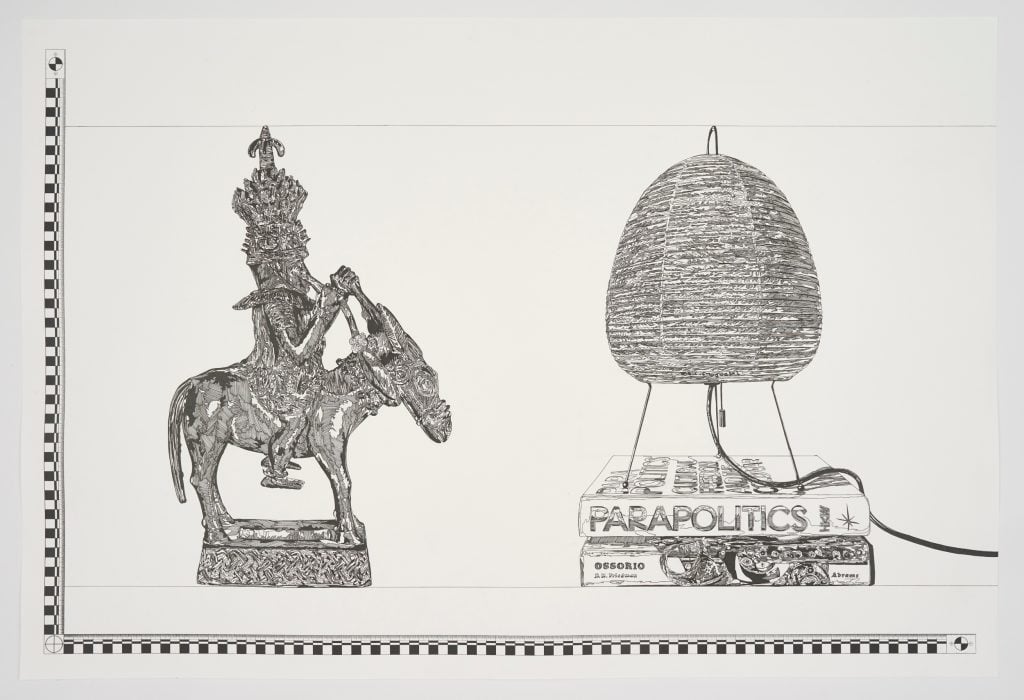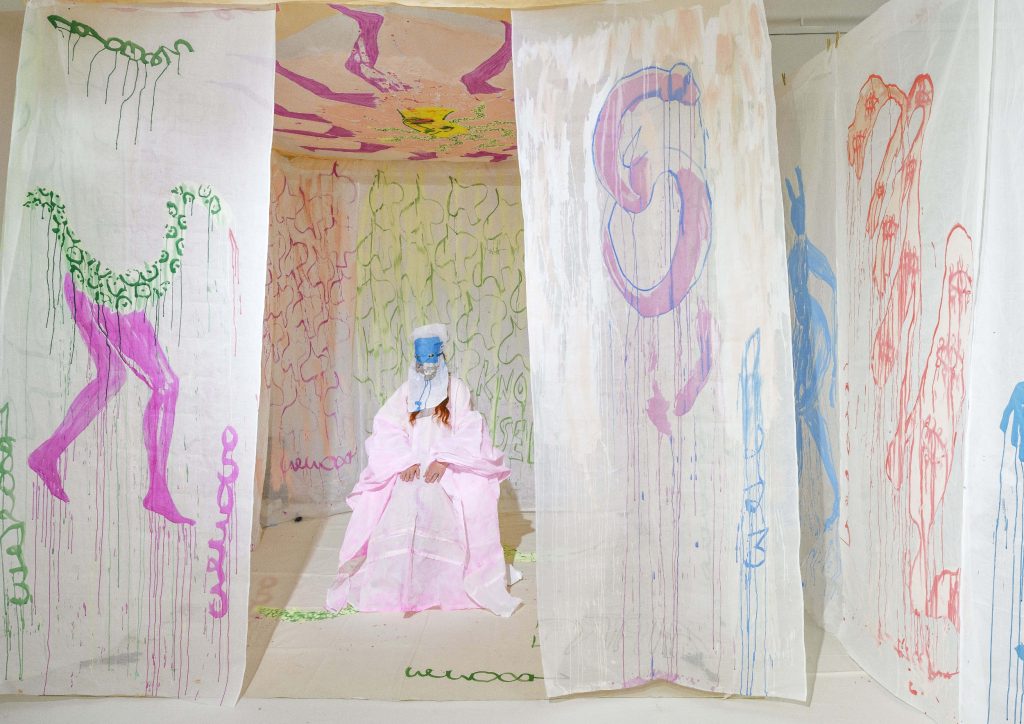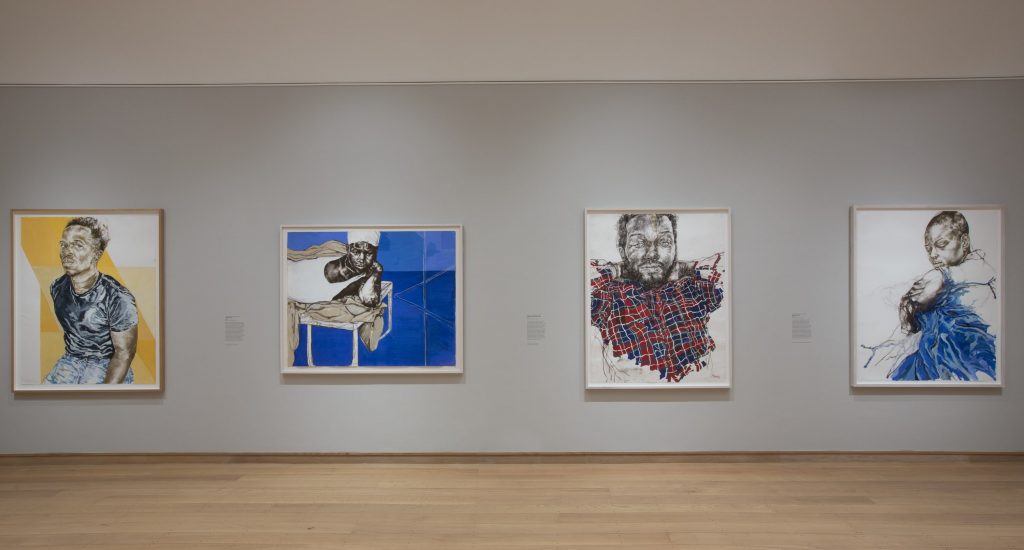Art World
Here Are the Artists Nominated for the 2024 Turner Prize
Work by the four named artists will go on view at Tate Britain this fall ahead of an award ceremony in December.

Work by the four named artists will go on view at Tate Britain this fall ahead of an award ceremony in December.

Jo Lawson-Tancred

Tate Britain has named Pio Abad, Claudette Johnson, Jasleen Kaur, and Delaine Le Bas as the four artists shortlisted for its annual Turner Prize. The U.K.’s most prestigious award for contemporary art is now in its 40th year and has, across the decades, spotlighted some of the country’s biggest names, including Anish Kapoor, Antony Gormley, Rachel Whiteread, Damien Hirst, and Steve McQueen.
The winner of the Turner Prize, who receives £25,000 ($31,000), will be named at a ceremony at Tate Britain on December 3. A further £10,000 ($12,500) goes to each of the runner-up artists. An exhibition of works by all four artists will also open at the London museum from September 25 to February 16, 2025.
“This year’s shortlisted artists can be broadly characterized as exploring questions of identity, autobiography, community, and self in relation to memory or history or myth,” said Tate Britain’s director Alex Farquharson at a press conference held at the museum this morning.

Pio Abad, 1897.76.36.18.6 (2023). Image courtesy of the artist.
The Filipino artist Pio Abad, born in Manila in 1983, is nominated for the show “To Those Sitting in Darkness” at the Ashmolean Museum in Oxford. The jury gushed over the sensitivity of his intricately detailed studies of cultural artefacts from museums around the city, drawing our attention to their capacity to contain personal resonance and memory.
“Its very much investigating museum histories, institutional histories, political histories, and Abad views the exhibition as an ‘act of illumination that puts unexamined histories on display and addresses objects that have been confined to the margins of telling,'” said juror Sam Thorne, the director and CEO of Japan House London. He added that he was “particularly impressed by the depth and the range of the Ashmolean exhibition, by its precision, its elegance, and its blending of scholarship, draughtsmanship, collaboration, and curation.”
With a knack for producing suggestive assemblages out of found objects, Jasleen Kaur, born in Glasgow in 1986, seems to carry some of the wry spirit of last year’s winner Jesse Darling. She is nominated for her installation “Alter Altar” at Tramway in Glasgow, which uses the kind of everyday items that immediately evoke a certain time or place like a can of Irn-Bru or an old Ford Escort.
“Freedom, that idea of what that might mean individually and collectively was a really strong theme running throughout the exhibition,” said juror Rosie Cooper, the director of Wysing Arts Center in Cambridge. “The jury felt that this significant breakthrough show was generous, celebratory, moving, and alive to timely issues, speaking imaginatively to how we might live together in a world increasingly marked by nationalism, division, and social control.”

Installation view of Delaine Le Bas, Incipit Vita Nova. Here Begins The New Life/A New Life Is Beginning at Secession, Vienna in 2023. Photo: © Iris Ranzinger. Courtesy of Secession, Vienna.
Another immersive installation by Delaine Le Bas garnered the attention of this year’s judges. The artist, born in Worthing in 1965, is nominated for “Incipit Vita Nova. Here Beings the New Life/A New Life is Beginning” at Secession in Vienna. The space was animated by expressive sculpture and costume that wove together universal myth and lore with personal histories inspired by the loss of Le Bas’s grandmother.
“Human animal hybrids were combined with mythical female figures and references to Gustav Klimt’s famous Beethoven frieze,” said Cooper. “The judges were really struck by the confidence of this exhibition, which we all felt signaled a real turning point in the artist’s practice. A bold, powerful expression of Le Bas’s highly distinctive visual language which has been developed over decades.”
Artist Claudette Johnson is recognized for two major institutional moments last year: “Presence” at the Courtauld Gallery in London and “Drawn Out” at Ortuzar Projects in New York. Born in Manchester in 1959, she delves into art history and takes her pick, reinventing old tropes within her lively portraits of Black women, children, and men.
“The figures, typically identified from the titles as friends, look directly at the viewer, recreating an intimate encounter with the artist,” said Thorne. “Johnson invests these pictures with a palpable sense of conviviality and vulnerability.”

Installation view of “Claudette Johnson: Presence” at The Courtauld Gallery in 2023. Photo: David Bebber. Courtesy of the artist and Hollybush Gardens, London, © The Courtauld.
In addition to Thorne and Cooper, the jury for this year’s Turner Prize also includes broadcaster Ekow Eshun, who recently curated “The Time is Always Now” at the National Portrait Gallery in London, the curator and art historian Lydia Yee, and Tate Britain’s director, Alex Farquharson.
“Turner Prize 2024” will go on public view at Tate Britain in London from September 25 through February 16, 2025.